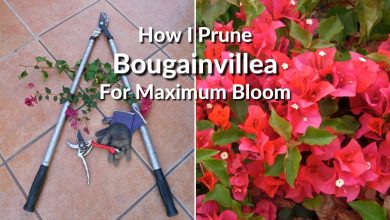Creeper Jasmine Care: [Soil, Moisture, Pruning and Problems]
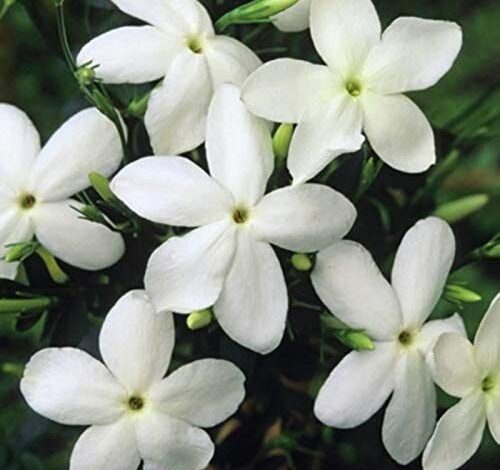
What are the characteristics of creeper jasmine?
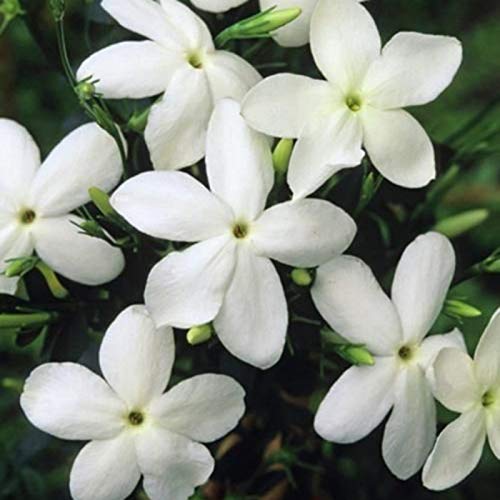
Jasmine, a famous ornamental plant with fragrant flowers, has a very popular and resistant version that acts as a powerful creeper capable of getting tangled everywhere.
It is an expert wall climber thanks to its rusticity and high resistance, as is the case with the bush modality.
Her name means beauty. And it does it total justice! It is, therefore, a very noble plant that will never disappoint both expert gardeners and novices.
There are about 200 varieties, where the main attraction lies in their voluminous and fragrant flowering.
What’s more, if several species are combined in a single garden, the results will be highly favorable. Its flowering occurs between the months of May to September. They have great resistance to cold. Sure, some species tolerate it better than others.
So before planting you have to check which species we should have in the garden. Most popular are the Jasmine Chinese, the real and the so – called star jasmine. They are very easy to care for. The Chinese has an exclusively spring flowering, followed by the real one, which in spring and summer give us their beautiful flowers .
Both are strongly fragranced. The Estrella, as its name describes it, blooms white stars in summer and its aroma is more subdued. The most resistant to cold is star jasmine. Perhaps that is why it is so well known.
With certain care, it can reach about 6 meters in height without this meaning that it can behave like an invasive plant that ruthlessly kills its neighbors in the garden. Next, let’s see what are the keys to always having beautiful jasmine.
What land needs does the climbing jasmine have?
Precisely, one of its greatest benefits or advantages is that it does not need a specific soil to fully develop. No, it is really undemanding, it adapts to any substrate . So much so, that in a pot it will also give beautiful flowers with a delicate perfume.
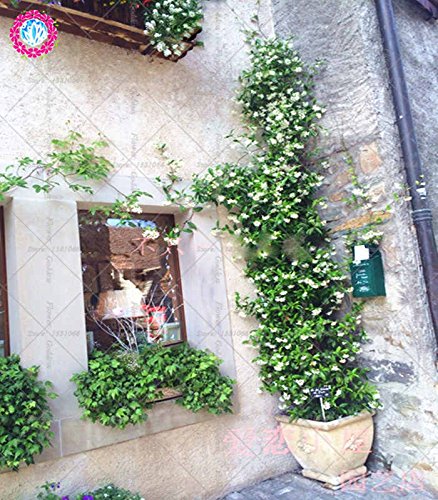
Any of the climbing species is ideal for decorating walls , pergolas and garden supports in multiple shapes and styles. A jasmine can grow very healthy even in poor soils, lacking in nutrients.
But you don’t have to improvise. Of course not. The ideal thing is to pamper our plant with a good soil preparation. A universal substrate rich in nutrients will suffice . The big exception: clay soils. They do not survive in them.
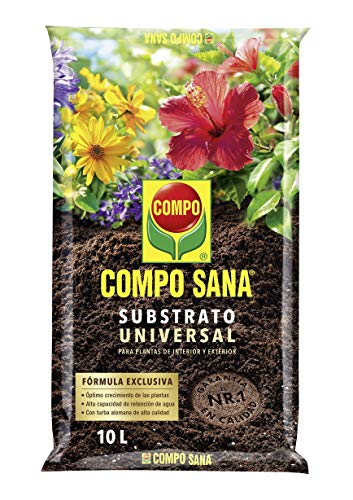
This is because it does not tolerate puddles, because its roots rot easily. This fact is unforgettable and means that it is necessary to create the conditions so that the drainage is constant, both in pots and in the garden.
However, a simple trick to prevent rotting of your potted roots is to add a little sand to the universal substrate. This way it will not become impoverished in water.
How to make creeper jasmine grow strong and vigorous?
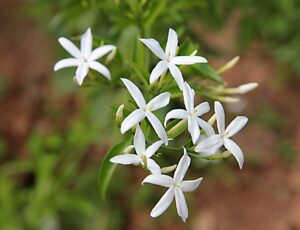 Climbing jasmine, like the bush version, are obsessive lovers of good sun exposure. They love being in full sun. No more no less.
Climbing jasmine, like the bush version, are obsessive lovers of good sun exposure. They love being in full sun. No more no less.
This most likely occurs because its origin dates back to regions with a warm climate , where the sun predominates most of the time. So they demand a lot of natural light.
If we place it in a place with little lighting, with low solar predominance, then it can develop with a certain sadness, because it will not flourish. So this aspect is essential for growing happy and beautiful jasmine.
What Moisture Does Creeper Jasmine Need?
Similarly, another key no less important is given in its resistance to low temperatures, even when it comes from warm lands. That is why it is considered a rustic plant , since it tolerates decreases in temperatures of up to three degrees below zero. (-3 ° C). Of course, you should not abuse them.
They support it from time to time, but if we live in an area with intense frosts, we must protect the jasmine from the inclement winter. There are species that need a relative humidity of 60% to live healthy.
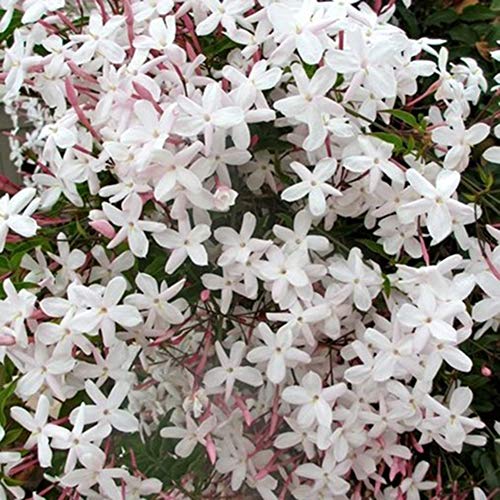
If, for example, we have our jasmine in a garden and the weather forecast speaks of the approach of a snowfall, we must immediately cover its roots, protect them well to avoid irreparable damage.
A gardening blanket (a cover or padding ) is the best company in these times of changes or in the environmental temperature.
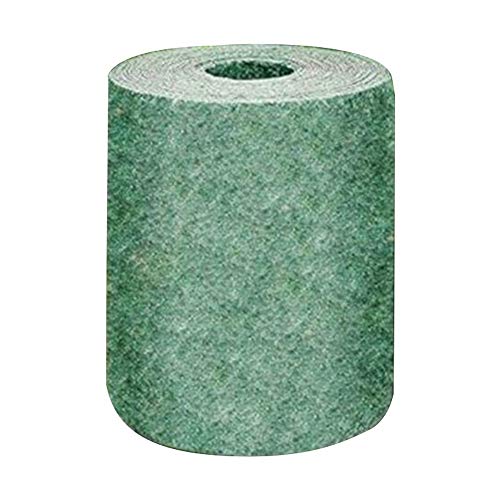
Obviously, you also have to take care of strong winds cold currents, by keeping it in a protected location. Its only great demand is related to the supply of water through constant and special irrigation in spring and summer, the hottest dates.
But also the months of growth and flowering of most species of jasmine. Between these months where spring to summer run , it is essential to water every two or three days.
And it also works to provide moisture with the help of a dish with water under the pot, for the varieties grown in pots , only this should be done in a short time to avoid rotting of the roots.
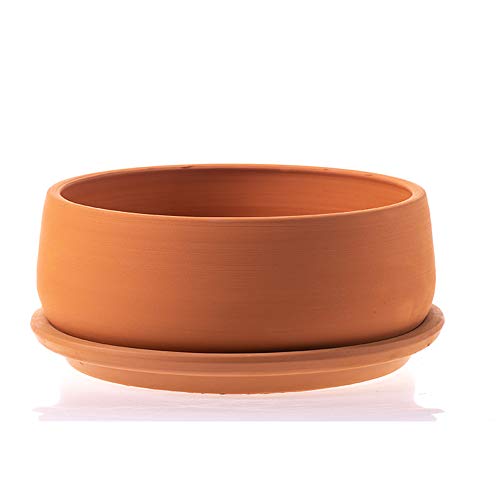
And in the cold season, irrigation will be done exclusively when the soil, the substrate , has completely dried. In the months of development it is also important to pay monthly.
We can select with the specialized help of the case a specific fertilizer for these very cheerful floral species or an organic amendment, which also suits the jasmine very well.
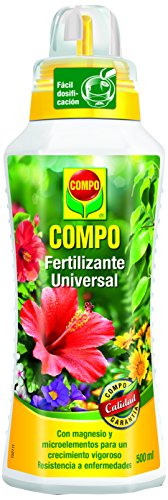
A flowering fertilizer that is added to the irrigation water is ideal for our jasmine to always remain spectacular. Those that are rich in potassium and phosphorus on the market are the best.
Is it necessary to prune creeper jasmine?
What is very important is to help it to grow correctly with a pruning that gives it structure as it grows and to support it with the support of tutors that guide its harmonious development.
This is essential if we want her to adopt the position of an athletic and flexible climber . Otherwise, it will tend to fall and behave like a bush.
How often should we prune the climbing jasmine?
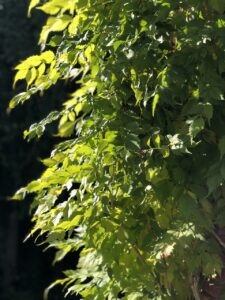 Depending on the variety, because there are winter and summer species , maintenance pruning will be carried out.
Depending on the variety, because there are winter and summer species , maintenance pruning will be carried out.
For example, Jasminum Officinale is a summer species that must be pruned in late winter . This so that their wounds heal with the arrival of a growth that is stimulated in the middle of warmer temperatures.
In the same way, a pruning can be done after flowering, between March to April in the case of the northern hemisphere of the planet.
In the case of climbing jasmine, pruning is a bit more complicated, because the branches always tend to intersect, so it is suggested to apply the following:
- Start from the bottom up, previously analyzing where the lower branches are born.
- It is necessary to try to untangle those branches that allow it, before cutting them.
- But those twisted branches that intersect are the ones that must be removed with great care, giving priority to those that grow well.
- If the growth of the branches has been very large and disorderly and it has not climbed enough, it can endure a more radical pruning to redirect its growth.
How to avoid creeper jasmine pests and diseases?
The jasmine plant can be the victim of fungal and bacterial diseases, which undermine roots, leaves and stems, but it is also susceptible to receiving the unwanted visit of mites and insects.
In this range of ailments, soil fungi score very negative points for the health of the plant . The Rhizoctonia, Phytophthora and Pythium are some of those responsible for the leaves turning yellowish, until they dry and fall, dead.
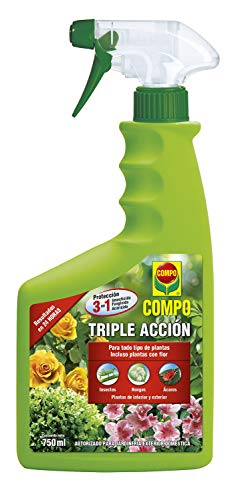
One of the recommendations to avoid these sudden attacks is to keep the soil acidic, because in general these pathogens proliferate easily in alkaline soils.
Apply irrigation of compost fresh every three weeks helps. This solution provides many beneficial microorganisms that multiply in the soil, preventing the appearance of pathogens.
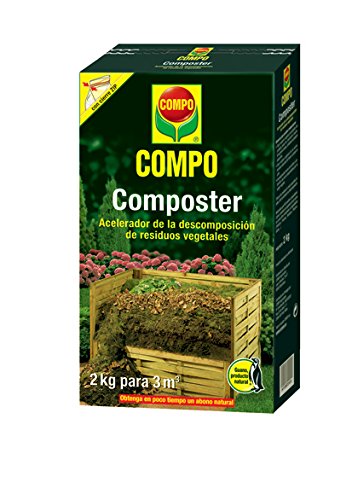
Diaporthe gardeniae is another fungus that attacks the aerial parts of the plant, causing brownish cankers on its stems and leaves, until the plant gives way, decays and appears to have holes. This affectation is very common in the Cape Jasmine species.
Essential oils such as Neem or cumin are very effective in preventing these ills. Aphids , whiteflies and mealybugs are also staunch enemies of jasmine. They produce weakening of the plant , yellowish leaves and deforming growth.
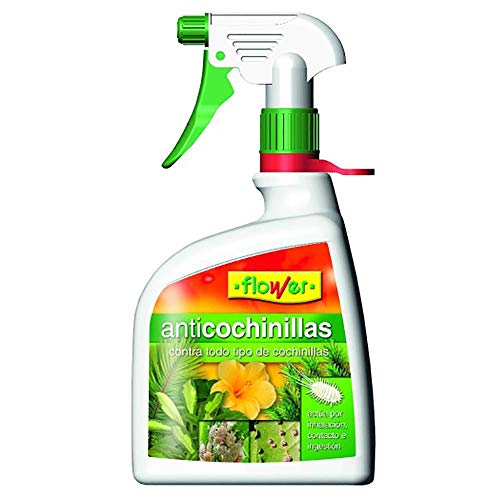
In the specific case of aphids, they cause damage to buds, stems and leaves. They are exterminated with their natural enemies: ladybugs and parasitic wasps. Another way to control them is by applying tobacco extract in sprays.
Meanwhile, flies white invade the undersides of leaves. They are controlled by introducing Encarsia lahorensis, a parasitoid wasp. On the other hand, the mealybugs are eliminated with the help of soapy water smeared on the stems of the plant, where they land significantly.

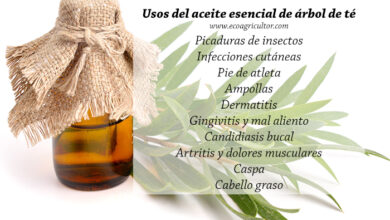
![Photo of Magnesium for Plants: [Use, Advantages, Excess and Deficiencies]](https://www.complete-gardening.com/wp-content/uploads/2021/06/sodio_1605178941-390x220.jpg)
![Photo of Aloe Vera Diseases: [Characteristics, Types, Detection and Treatment]](https://www.complete-gardening.com/wp-content/uploads/2021/06/Cuales-son-las-enfermedades-de-la-aloe-vera-y-como-podemos-detectarlas-390x220.jpg)
